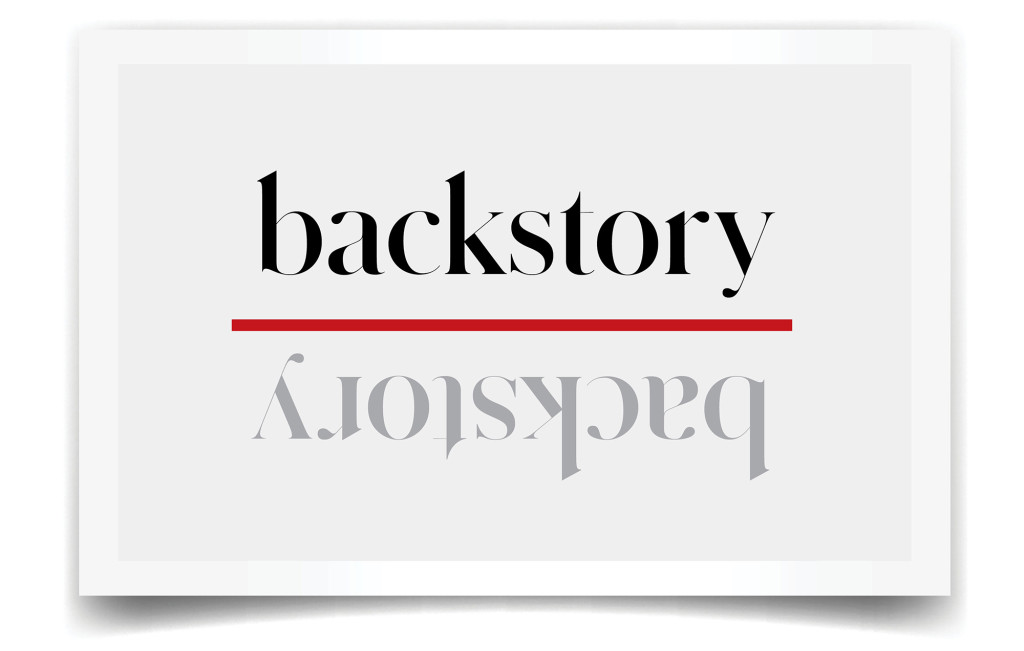[ad_1]
The influential ecofeminist reflects on the relationship between form and philosophy at the foundation of her art:
Most of my work is about helping humanity with one problem at a time, by offering benign solutions. And I need hundreds of hours of research for each particular problem. Then I put my research into a visual form—it’s much easier for humanity to understand itself through visual means than through mathematical or logical concepts. Each pyramid deals with a different situation—overpopulation, water shortage, etc. Wheatfield—A Confrontation [1982] dealt with the misuse of land and world hunger. My forest [Tree Mountain, 1996] is planted in a mathematical formation. I want it to be maintained for four centuries, so that the ecosystem establishes itself and it becomes the first manmade—well, womanmade—virgin forest.
This is a snapshot one of my students took here in New York, probably at the School of Visual Arts, or maybe Columbia. I’m in front of one of my “Pyramid Drawings.”
This series has run through my work for fifty years. The pyramid is not an image; it’s an emblem into which I put my philosophical concepts.
I just saw some pictures of my Shed commission [Model for Probability Pyramid—Study for Crystal Pyramid, 2019], based on this drawing, and it’s interesting how the shape changed. This one is made of 3D-printed bricks, not glass. If the Shed had made it in glass, it would have cost hundreds of thousands of dollars, and probably have fallen through the floor! Anything innovative, that doesn’t interfere with the meaning or the beauty, is acceptable to me. Whenever you realize a project, you have to compromise. When I made Wheatfield, I had to make compromises when it came to money and space. It should have been four acres at least to make an impact, but it became two. I supplemented the budget with my own money and worked all summer to make it a reality. Once you put something into the world, it always changes; my glass pyramid changed too. But I like it, I accept it. It’s a beautiful compromise.
I’d never worked with 3D printing before. I realize it’s one small part of the future. When I build my “Future Cities,” they’ll be made of real materials—whatever materials the future comes up with.
—As told to Leigh Anne Miller
[ad_2]
Source link


